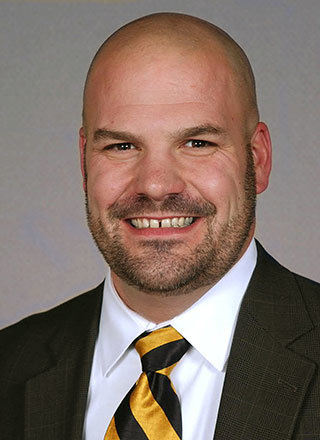Washer’s research influenced that decision. In 2014, he published a report that was the culmination of five years of research into creating and implementing a risk-based assessment process, and he’s continued that work since.
Washer and his team also redesigned the manual used to inspect the more than 600,000 bridges in the U.S. The redesigned manual includes visual guides and other tools for assessing the condition of bridges. The visual guides are intended to improve the quality of bridge inspection data which is used to ensure the safety of bridges and plan future funding needs. The updated manual was approved by the American Association of State Highway and Transportation Officials (AASHTO) in the summer of 2018 to become the standard for bridge inspections in the U.S.
“The thing about bridges is, the first 20 years they’re out there, nothing happens, and some for 30 years if they’re built well,” he explained.
The goal is to better utilize resources. Bridges that are more likely to experience some sort of defect or failure are inspected more frequently, while more sturdy bridges are inspected less often. This puts inspectors right where they’re needed most.
The research supporting a risk-based assessment model came in two phases. The first saw Washer and his colleagues develop guidelines to determine inspection frequency using a combination of occurrence and consequence. Occurrence is the rate at which an event will occur in a specific period of time, and consequence means the impact of that event, including on safety, economics, impact to drivers, environmental factors and more.
The higher the combination, the more frequent the bridges need to be inspected.
“You go to the doctor a lot when you’re a baby to make sure you’re OK. In the middle of your life, annual checkups are fine unless something’s wrong,” Washer said. “Then when you’re older, you start going a lot. It’s the same thing with bridges.
“Early in their life, there may be a construction defect … something wasn’t done right, and that’s going to show up in the first year or two. But if nothing shows up the first year or two, you’re going to have a long period of life that’s very uniform.”
The guidelines were then tested in Texas and Oregon and discussed with numerous transportation officials.
The goal is to eventually allow for inspections at intervals of up to 72 months, which will require a change in the law through Congress.

